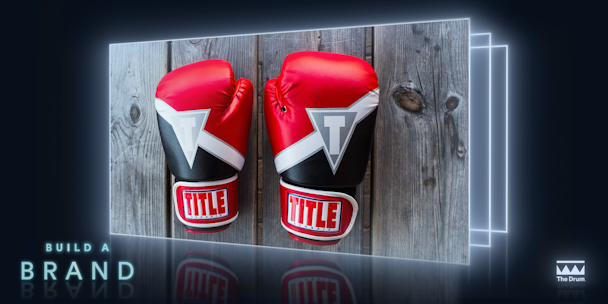Fighter brands: how competing with lower priced products is either fight or flight
Making their debut in the 19th century, fighter brands (or flanker brands) initially began between competing cigarette companies. Today, brands must decide if they want to build a range of products to accommodate different pricing tiers or focus on their premier products at the risk of losing market share. It’s the fight or flight conundrum that keeps companies on their toes.

Fighter brands - the fight or flight of competition
Sylvester Stallone might not have rocketed to stardom if Rocky Balboa had looked at Apollo Creed and ran from the ring. The fight or flight response is a big deal when you are fighting for a title. Or your life. Or in the case of your brand – your product’s life.
Many companies are faced with competitors who attempt to underprice their offerings. This leaves brands with the choice of creating a ‘fighter’ brand to compete directly with their competitors or staying put with their current product line. Printer companies are famous for this tactic, with each trying to best each other with yet another cheaply made but cost-effective printer.
The downturn of economic conditions can spur lower priced offers, with consumers fleeing toward cheaper goods. It is this threat of consumer abandonment that can turn a brand on their heel. If they reduce existing prices, it will negatively impact profits and possibly stagnate the brand into a lower valued tier. If they wait it out in the hopes of an economic lift, they run the risk of permanently losing customers to cheaper options.
What’s a brand to do?
1. Think it through
Companies already have enough on their plates. Adding another product to their lineup takes a lot of money, time, and consideration. Marketing must expand and a new consumer base must be reached, in addition to the added costs of product creation and manufacturing. The important thing is not to create a fighter brand in a knee-jerk reaction. First think through the options that are most accessible to your company.
-
Can you simply readjust your current brand?
-
How about rethinking your pricing and marketing strategies?
-
Will a new product fit into your long-term plans in a way that won’t disrupt your current product line?
-
Does your company have the resources to even start a new product?
-
Can your company afford it?
General Motors is a famous example of fighter brand failure with it’s launch of Saturn cars, intended to compete with Honda and Toyota. While the cars sales were decent, they lost the company $3,000 per car sold. The lack of market understanding and failure to consider the long-term costs of the brand is a great example of what not to do. It also exemplifies the need to think it through before you launch a new product.
Advertisement
2. Watch out for cannibalization
Winning back customers after they’ve abandoned you for a lower priced option is a hard-fought battle, but winning customers back from your own low tiered offering is a pain within itself. There is a delicate balance within companies to keep their premium customers at the same level while also adding a new consumer base.
Proctor & Gamble is a famous example of a company balancing two different lines targeting two different consumer groups. With Pampers diapers as their high-end product, they needed a lower-priced option to compete with Huggies. They introduced Luvs diapers to accommodate more budget conscious shoppers. Even though they understood their new product would steal some of their Pampers customers, they differentiated the products enough that each product had its own consumer group, therefore, minimizing any cannibalizing that would occur. Pampers touted comfort and effectiveness wile Luvs served more modest budgets. Proctor & Gambles 44% market share provides proof to the success of their strategy.
Perception is everything when it comes to offering lower priced alternatives. If consumers perceive the price to be reflective of the quality of the goods, it makes more sense that there is a gap between premium and lower tier goods. This helps to justify the premium price for a higher value good versus the lower offering.
Advertisement
3. Are you serving your customers or competition?
If you create a fighter brand with the sole purpose of besting the competition, then the battle is already lost. There are still customers to serve. Focusing only on your competitor’s strengths and your company’s shortcomings omits the very audience you are trying to sell to, the consumer. If your competitor is stealing away consumers with a lower priced offering, they are obviously meeting a need. There are two possible reasons for this: they know that particular market better, and/or they’ve done a better job of understanding the customer.
While revenue is usually the bottom line, serving your customer should always be your number one goal. Get to know this new consumer group, do your homework, and ask them what they want and how they want it. This gives your company a better foundation to launch a fighter brand and win.
Suggested newsletters for you
Wrapping up
While there are a number of downsides in creating a fighter brand, there are also distinct advantages. Having several brands, from low tier to high, can give consumers a greater selection while keeping them in the ‘company family’ and increasing customer loyalty. If done correctly, a fighter brand can also help a company’s flagship line stand out even more as a premium offering. In addition, high-profile brands already have the marketing power to promote new products.
The main thing to remember, is that a well thought out strategy will keep your company from jumping from the frying pan into the fire. If a fighter brand serves your company goals and caters to consumers' needs, then there's reason enough to jump into the ring.
For more brand information sign up for The Drum Plus.
